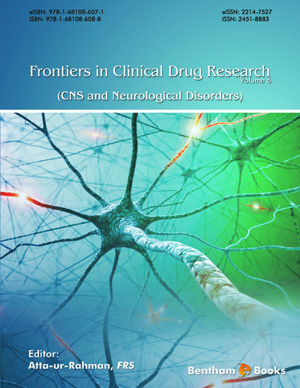Abstract
Protein folding is a complex process that occurs via a series of intermediates which fold further to give rise to the unique three-dimensional structure, a conformation which is usually biologically functional. In protein misfolding and aggregation, protein molecule acquires an abnormal conformation of the tertiary structure, which interacts with other similar structures thereby forming dimers, oligomers, protofibrils and finally mature fibrils. Further, research on aggregates led to grouping of aggregates into two different structures: random amorphous structures and well-ordered amyloid fibril structures. The fibrillar aggregates of Aβ peptide, α- synuclein, huntingtin, PrP, are either deposited in the tissues as intracellular inclusions or extracellular plaques (amyloid) leading to manifestation of various neurodegenerative diseases including Alzheimer's disease, Parkinson’s disease, Huntington’s disease and Prion disease respectively. Now, accumulating evidence suggests that amyloid oligomers or amyloid beta intermediates rather than fibrils constituting the deposits are more toxic thereby different types of neurodegenerative diseases occur. Amyloid species have been generally considered as pathological entities, now studies indicate that it may also play a functional role. Keeping the above views in mind, in this chapter we have focussed on protein aggregation phenomenon that starts from the very first event, protein misfolding to fibril aggregate formation steps. We have also reviewed different mechanisms of aggregation, the role of amyloids in different neurodegenerative diseases and amyloid cascade hypothesis. To treat these devastating disorders several novel therapeutic approaches have been discussed in detail.
Keywords: Alzheimer’s disease, Amyloid cascade hypothesis, Amyloid fibrils, Conformation dependent antibodies, Huntington’s disease, Mechanisms of protein aggregation, Parkinson’s disease, Prion disease, Protein misfolding and aggregation, Small-molecule inhibitors.






















